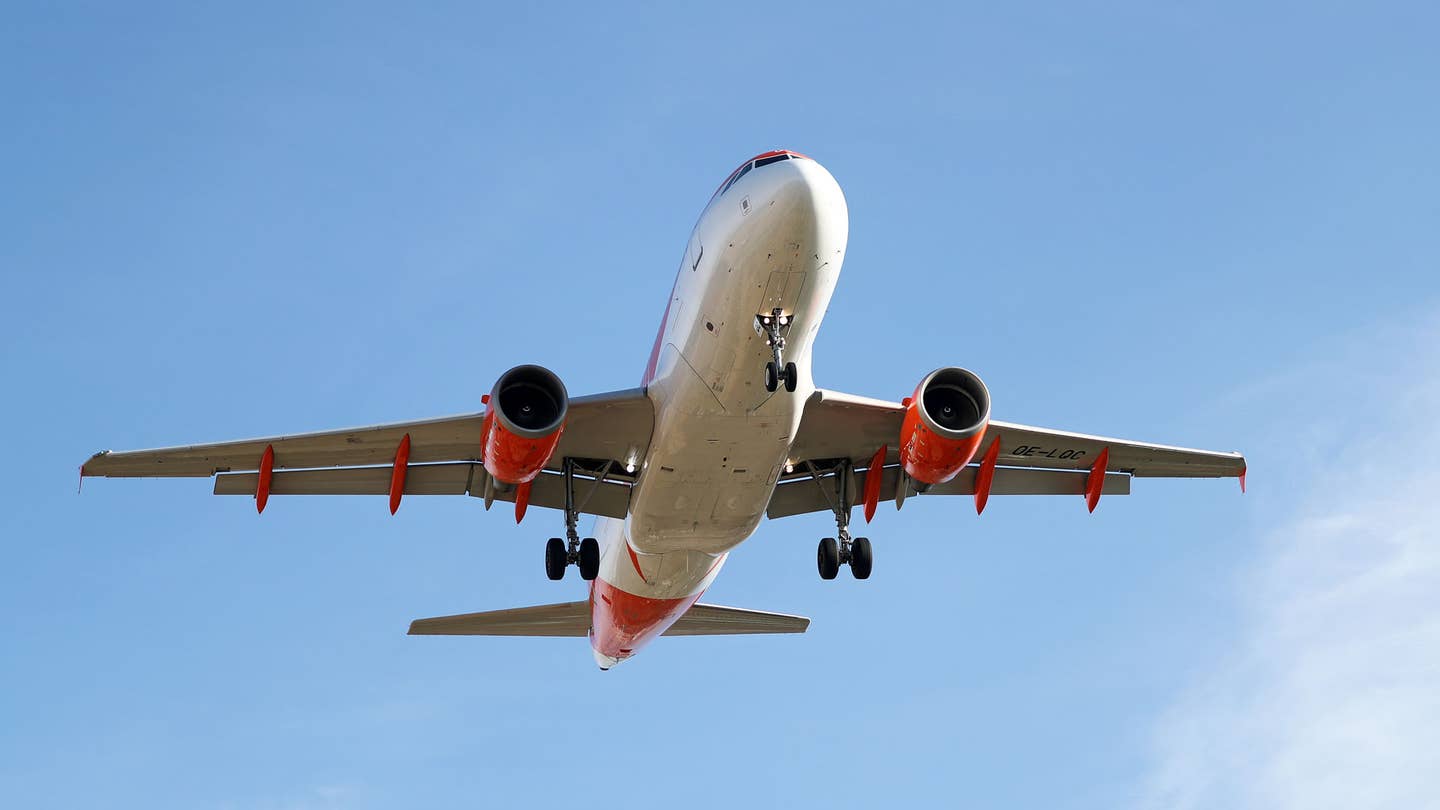Here’s Why People Don’t Barf on Planes as Much as They Used To
The reason’s pretty simple, and no, it’s not because you’re getting stronger.

Here's a goofy discussion we started in a meeting at The Drive a couple of weeks back: what's with no one really barfing on planes anymore? As possibly the most frequent flier on staff and definitely one of the most ancient in terms of remembering ye olden days of flight, I figured it was about time to get to grips with why you really don't get so much turbulence on flights now.
The answer's pretty simple, which is that planes are bigger and fly higher now. Jet passenger planes aren't anything new but short-haul flights as recently as the 2010s were likely to use propeller planes and there're still a few in use. I got an ATR 72-600 from Valencia in Spain to Lisbon in Portugal in late 2020; it was a lot slower than the Airbus we'd used on the way out, taking the full two hours and ten minute flight time that had seemed like a crazy overestimate. And I got to see something I hadn't for years, which is a full sunset from a plane.
Normally you pretty much just get some sky color changes from a flight because at 36,000 feet—the average cruising altitude of a modern plane—you're way above the clouds. But on the way into Portugal, we got the whole lot because an ATR 72-600 cruises at 25,000 feet. It was great, but also it's not a flight I'd recommend for the travel sick because the prop plane was struggling a lot more with being buffeted by wind and thermals and having to punch through much thicker air than at 11,000 feet higher.
I tend to fly airlines too low-budget to even give you a back-of-seat pocket these days, so a sick bag is a pretty rare sighting for me. Over here in Europe, budget liners like Ryanair and Wizz have eliminated so much of the stuff you might get on a plane that it's basically just a stripped-out tube full of seats, which coincidentally is the least-bad way to fly in terms of carbon as well as a decent way to get to a race track if you're a cash-strapped motorsport hack doing things the hard way.
But every now and then, I fly in the luxury of economy on a regular airline or whatever and I find myself having to dig a load of in-flight magazines out of the seat ahead so I can jam my knees onto it before the person in front reclines on me. And there's always a sick bag, showing up like some nostalgic trinket. I mean, when was the last time you saw someone use one for anything other than collecting up their rubbish?
Plane sick bags have a pretty extensive collector market but being a geriatric millennial, I remember when all this was fields and people threw up on planes. When I was younger the sick bag was way more than a collectible item and people used them a lot. Going over mountain ranges in particular—and Europe has its fair share—would shake a plane pretty violently, but even the regular cabin experience just involved a lot more wobbling than you'd get on a flight today. Obviously, there've been all kinds of advancements in making planes nicer in the last 36 years, but the redundancy of the barf bag is an interestingly specific thing.
That 36,000 feet is just an average, too, with planes going up to about 42,000. That's a lot of scope to be able to move around if there's turbulence at one altitude and the higher up you go, the less there's likely to be. It takes a buttload of time to climb to higher altitudes but on an intercontinental flight, that's something there's plenty of, even if you're not likely to get up there city hopping. And it's way more fuel-efficient to be at a higher height, with thinner air and engines running more optimally.
Basically, people don't get sick on flights now because plane rides have gone from the bone-rattling ride of a Citroën 2CV to the smooth slide of the Mercedes EQS, with a lot more power and at a much higher altitude than they used to. So you can exclusively enjoy airplane sick bags as a surprisingly fascinating art item.
Got a story tip? Mail it in on tips@thedrive.com
